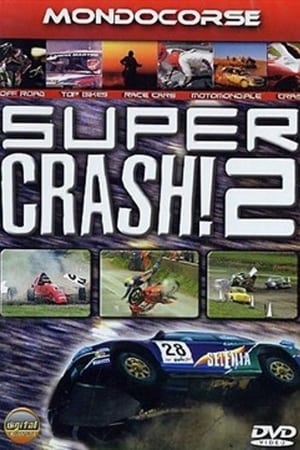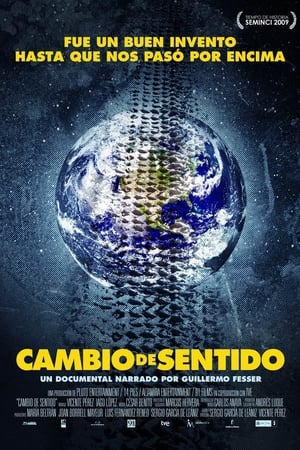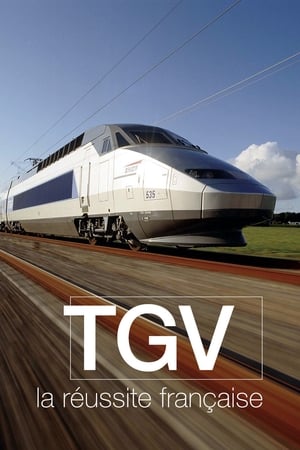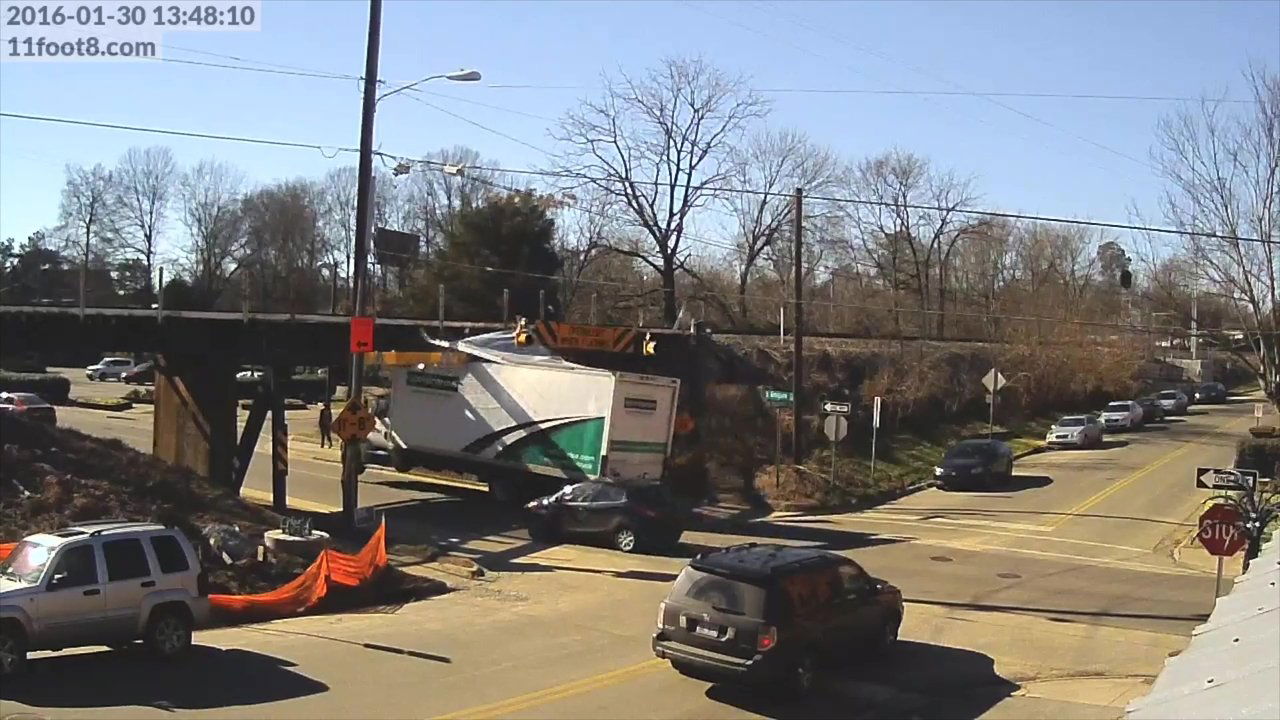
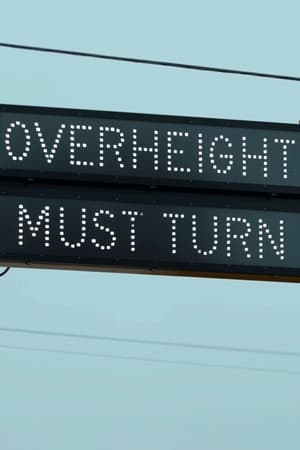
OVERHEIGHT MUST TURN(2018)
For the past ten years, Jürgen Henn has filmed over-height trucks crashing into the 11foot8 train bridge affectionately nicknamed the "Can Opener." In that time, millions have viewed the crashes online. Regional, national, and international news organizations have dined out on the story and the goofy crash reels. But why do motorists continue to crash despite the many warnings, sensors, and signs? And what is it about these crashes that holds our attention? In this piece, we look for the humanity in human error.
Movie: OVERHEIGHT MUST TURN
Top 4 Billed Cast
Self
Self
Self
Self
Video Trailer OVERHEIGHT MUST TURN
Similar Movies
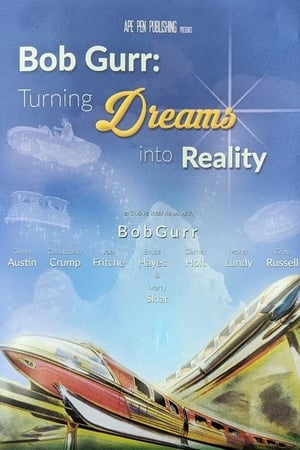 0.0
0.0Bob Gurr: Turning Dreams into Reality(en)
The documentary, Bob Gurr: Turning Dreams into Reality, tells the story of one of Walt Disney's earliest 1954 Imagineering Legends, Bob Gurr. His career spanning 45 years creating 250 projects with Disney and beyond will be explored. From Disneyland to Las Vegas, Olympic spectaculars to rock star shows, Bob's creations included Monorails, Abraham Lincoln mechanical animation, Pirate Battle Shows, even massive animated figures of King Kong and Godzilla. Viewers will learn much about how these attractions were created from those who were there sharing these creations. Eight theme park creators who worked with Bob over these years will describe the unique ways in which he created a vast variety of attractions. The cast includes Disney Ambassador to the World Marty Sklar, Imagineering VP Craig Russell, Imagineer Chris Crump, and many others.
 6.0
6.0Ascq 44(fr)
Witnesses discuss the Ascq massacre by the Waffen-SS during the Second World War 80 years later.
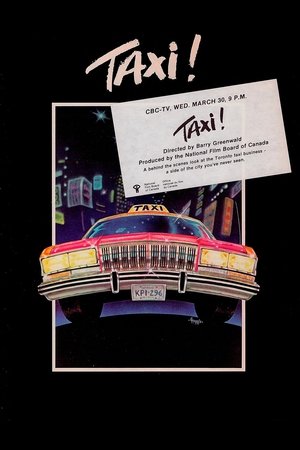 6.0
6.0Taxi!(en)
This feature documentary studies one of the city’s most visible yet most anonymous character: the taxi driver. Filmed by day and night, the film offers an entertaining and sometimes comical look at the drivers, fleet operators and dispatchers who are expected to deliver passengers, parcels… and even babies.
 0.0
0.0Snow Warrior(en)
Snow Warrior is a love letter to the splendour of winter. It captures the beauty of a northern city through the eyes of a bicycle courier named Mariah.
Collision Rescue(en)
When two parties get in a head-on collision, it's up to emergency services to free them from the wreckage. What follows is a demonstration of what their job and duties entail.
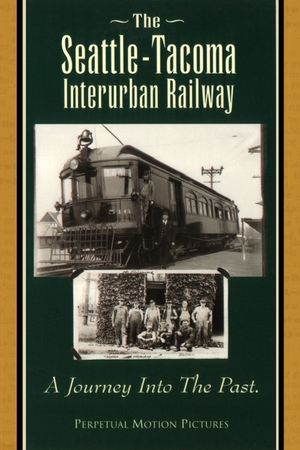 0.0
0.0The Seattle-Tacoma Interurban Railway(en)
This rich, historical documentary captures the story of the high-speed, electric transit system that sparked the growth and development of Puget Sound's twin cities during the first quarter of the 20th century.
 0.0
0.0How to Fix a Railway(en)
A multibillion-pound investment is underway to make our railways bigger, better and faster. Over three years, we go behind the scenes with Wales’s newest rail body as they try to make ambitious promises a reality.
A Hundred Years Underground(en)
A film looking at the first 100 years of the Underground Railway in London from 1863 to 1963. A range of well known people and senior managers speak alongside some excellent archive film.
 0.0
0.0The Navigators: Pathfinders of the Pacific(en)
In hand-built, double-hulled canoes sixty feet long, the ancestors of today's Polynesians sailed vast distances using only the waves, the stars, and the flights of birds to navigate. Anthropologist Sanford Low visits the Caroline Islands of Micronesia to meet Mau Piailug, the last navigator initiated on his island and one of few men still practicing this once-essential art. He demonstrates his skill by sailing a replica canoe 2500 miles from Hawaii to Tahiti with no modern navigational instruments.
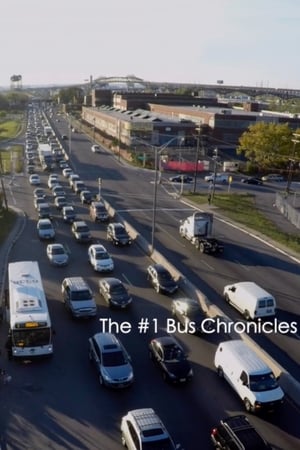 0.0
0.0The #1 Bus Chronicles(en)
A bus stop on an industrial highway in New Jersey becomes the focus of a timely and intimate examination of marginalized lives in America. 'The #1 Bus Chronicles' interweaves portraits of the lives, pursuits, trials, and dreams of the riders of New Jersey Transit's #1 bus line, taking us into their workplaces, homes, and day-to-day lives.
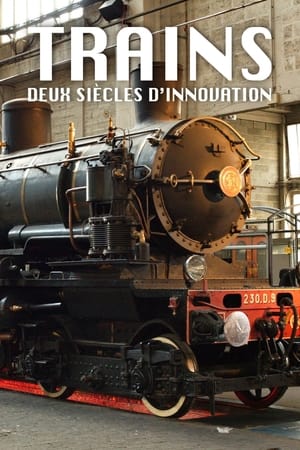 0.0
0.0Trains: Two Centuries of Innovation(fr)
Nearly 200 years ago, the train revolutionized our lives. It redrew the maps of states and nations, and changed concepts of distance and time like no other invention before. What visionaries imagined the development of the railroad? How did we get from the first chugging locomotives to the smooth giants of speed we see today? How does France's extensive rail network keep running smoothly, 24/7?
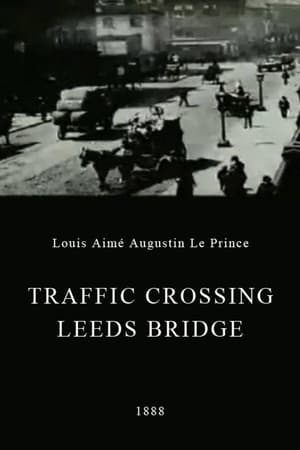 5.9
5.9Traffic Crossing Leeds Bridge(xx)
A film by Louis Aimé Augustin Le Prince, shot in late October 1888, showing pedestrians and carriages crossing Leeds Bridge.
 8.0
8.0747: The Jumbo Revolution(en)
At any given moment hundreds of people are soaring above us in a 747. From the moment the very first jumbo jet took off in 1969, it has been the aircraft against which all others are judged. But its 45-year journey has been anything but smooth. This is the definitive story of the Boeing 747, from its milestones and triumphs to its turning points and disasters. Witness its history through rare archival footage and tales from pilots, engineers, designers, and passengers who were there when it all began.
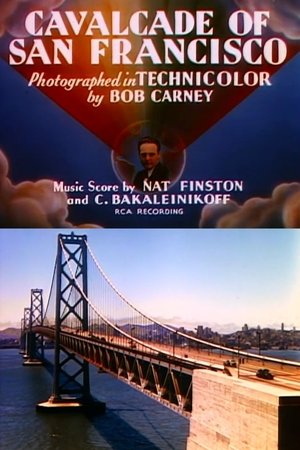 5.3
5.3Cavalcade of San Francisco(en)
This Traveltalk series short celebrates San Francisco, past and present.


